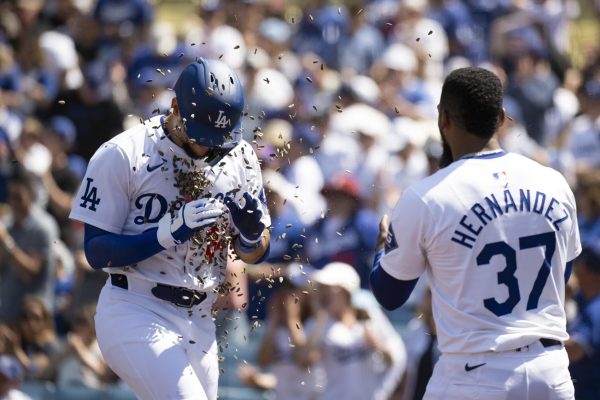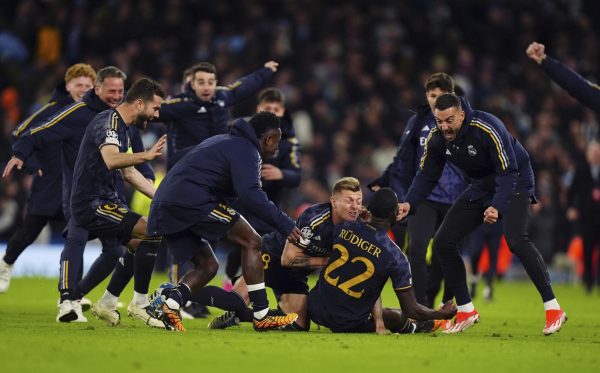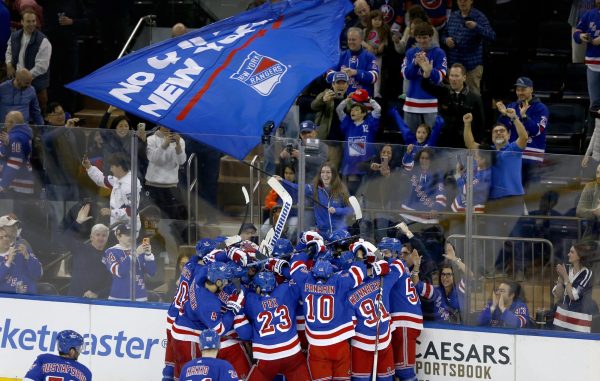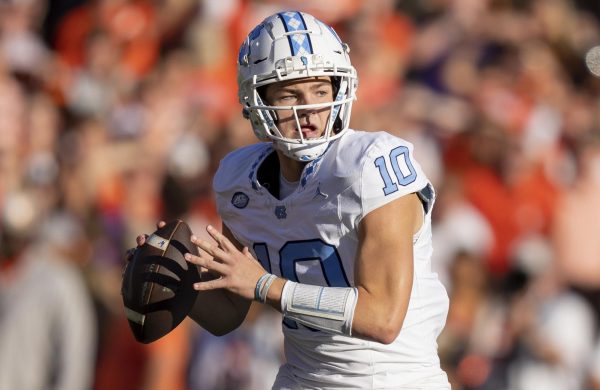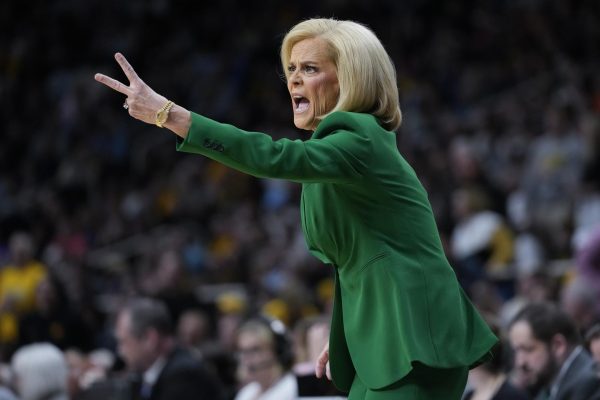NHL Returns to Its Roots
Six years after going completely dark as a result of its lockout and subsequent work stoppage, the NHL is on the rise. Although the marketing of superstars such as Washington Capitals forward Alexander Ovechkin and Pittsburgh Penguins forward Sidney Crosby have greatly contributed to the league’s recent emergence from irrelevance, it has been the league’s attempts to bring more heart and personality to its sport that have boosted interest back into the game.
Hockey has always had to combat fundamental issues that have made it difficult for the sport to attract a general fan base, including its culture of violence, lack of diversity, dearth of American superstars, and competition with the other “Big Four” leagues that have been able to transcend geography. The work stoppage of 2004- 2005 did not do the league any favors, as the NHL lost its cable network deal with ESPN, leaving many wondering how long until hockey would be replaced by another up and coming sport such as soccer or lacrosse. Yet commissioner Gary Bettman has somehow guided the league back into the national conversation through a new focus on bringing back the casual hockey fan.
Still riding off of the coat tails of the Olympic hockey competition in Vancouver, the NHL has used the last few months to bring fans closer to the action and its players. The advent of the Winter Classic on New Year’s Day 2008 and its subsequent editions have brought some of the league’s best into the spotlight on national television for the average sports fans to see. The NHL’s finest placed smack dab in the middle of unpredictable weather conditions in front of as many as 70,000 screaming fans make for intriguing television.
According to USA Today, this year’s Winter Classic at Heinz Field in Pittsburgh produced a 2.3 national rating, the highest such number for a regular season game in 36 years, up 10 percent from the 2010 outdoor game at Fenway Park in Boston. Fans are also drawn to this game by the message that the league and NBC sends about how important playing outside is for the players, many of whom began their young hockey careers playing on frozen ponds in their backyards. The participants reflect this sentiment in their words and the game takes on new meaning for those involved.
The league took advantage of this year’s Classic, pitting its two major stars against one another by filming the HBO series “24/7 Penguins/Capitals: Road to the Winter Classic,” which chronicled the two teams in the weeks prior to and up to the big game on New Year’s Day. The series was a critical success for the NHL and HBO, as fans were inserted into the locker rooms behind the scenes as well as off the ice, providing images of NHL franchises and players they had never seen before.
Audiences were introduced to the daily grind of the average hockey player between navigating through losing and winning streaks, family, friends and clubhouse pranks. Ironically, the most endearing figure between the two clubs was Washington Capitals burly and round coach Bruce Boudreau, who between his locker room antics (dropping 15 f-bombs in about a minute-and-15-second rant) and off the ice behavior jolted the show with the personality and a “guy you’d have a beer with” character that no writer could create.
The league is riding this wave of casual interest into this weekend’s All-Star Game in Raleigh, NC. This year’s new niche is that the two team captains, Carolina’s Eric Staal and Detroit’s Nicklas Lindstrom, will choose their rosters from a pool of selected All-Stars in a playground-esque situation. This new format was created as a result of disappointing TV ratings from stale East-West showdowns of year’s past. Even the most casual hockey fan may find some intrigue from the myriad subplots that may come from this format. Will the captains play favorites? How much more competitive will the game be with bragging rights on the line? Will some players not play well with others? Who will be picked first? Or Last? Either way, the NHL will bring memories to anyone who has ever played pick-up anything and will further make the game more personable and relatable to the average viewer. This new quirk should only improve viewership and continue the NHL’s campaign to remake its image to be back in the mainstream. The world’s greatest professional hockey league is doing all of the right things at the right time, and America is taking notice.


